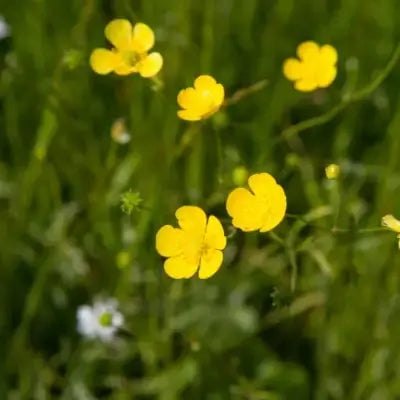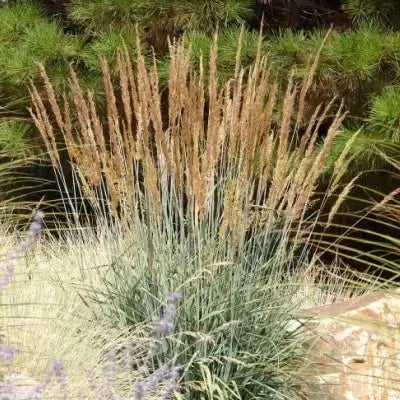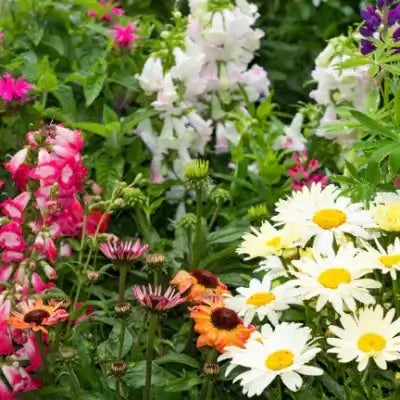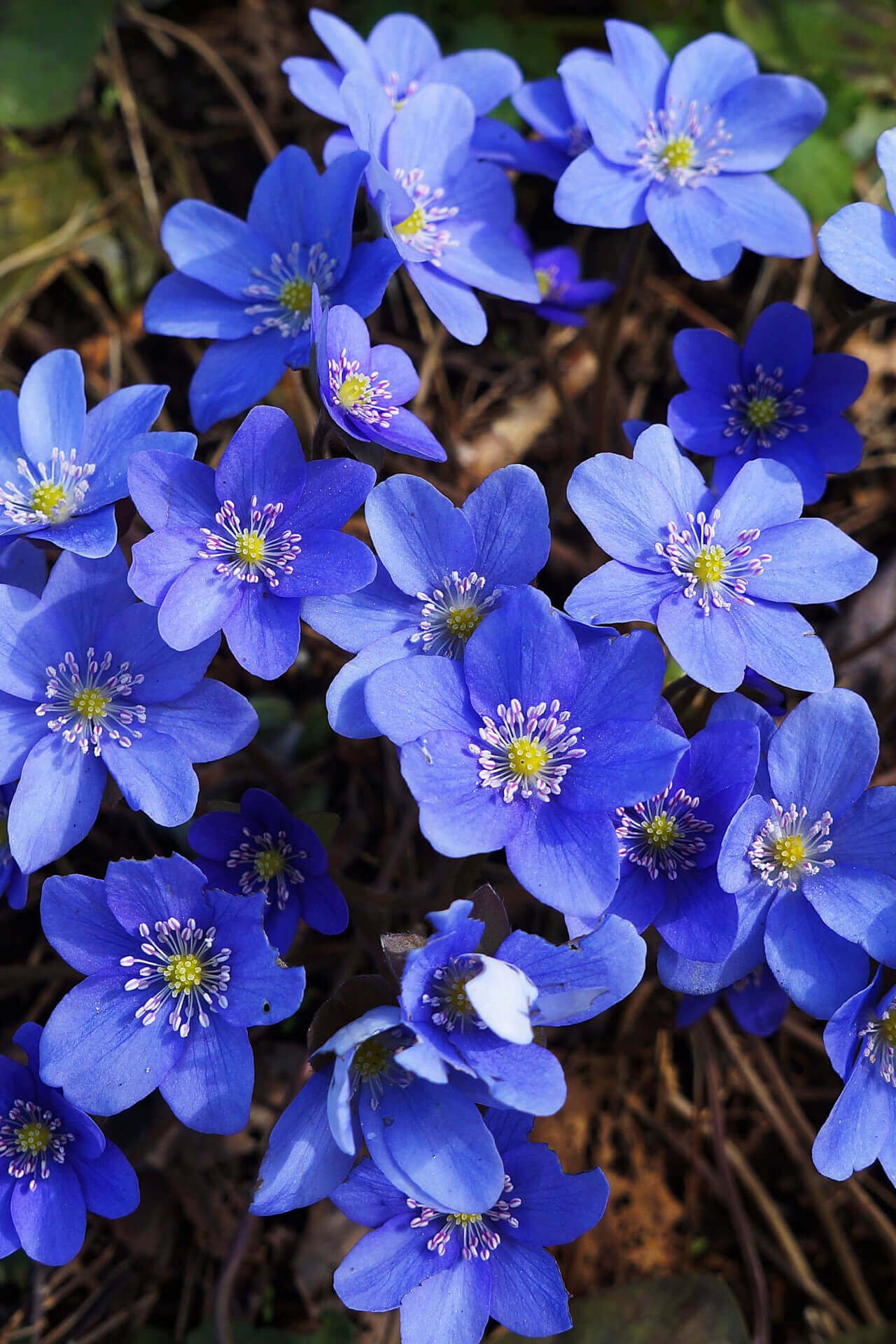Embracing the Beauty of Early Spring
As winter frost recedes and the days gradually lengthen, gardens awaken from their slumber with vibrant colors and early spring blooms. Gardening enthusiasts cherish these moments of renewal and rebirth as they mark the beginning of a new growing season.
Among the most anticipated delights are the perennial plants that burst forth with life during this time, transforming landscapes into captivating displays of beauty. In this article, we will explore five beloved early spring blooming perennial garden favorites, highlighting their unique characteristics, care requirements, and how they contribute to the magical tapestry of the season.
Crocus (Crocus spp.)
The crocus is often regarded as the herald of spring, poking through the thawing ground with its vibrant, cup-shaped blossoms. These hardy perennials belong to the Iris family and come in various colors, including purple, white, yellow, and even bi-color combinations. Crocuses are known for their ability to brave the lingering cold, sometimes even pushing their way through a light layer of snow. They are commonly planted in clusters or naturalized settings, creating striking visual impact as they emerge in masse. Hepatica goes great with crocus.
Crocuses prefer well-drained soil and ample sunlight. Planting them in large groups enhances their visual appeal but also helps protect them from harsh weather conditions. After flowering, allow the foliage to die naturally, which helps store energy for next year's blooms.
Snowdrops (Galanthus spp.)
Snowdrops are delicate and enchanting, resembling milk-white snow dangling from slim green stems. Native to Europe and Asia, these perennials are treasured for their ability to flourish in the chilly months of early spring. Snowdrops thrive in woodland settings and beneath deciduous trees, where they receive dappled sunlight—their subtle charm lies in their simplicity, with pendulous white blossoms and distinctive inner markings.
When planting snowdrops, it's essential to ensure the bulbs are placed at the proper depth to promote healthy growth. Like crocuses, they should be allowed to die back naturally after flowering. Snowdrops are known to spread gradually over the years, forming lovely drifts that are sure to captivate any garden enthusiast.
Hellebores (Helleborus spp.)
Hellebores, often called Lenten roses, are cherished for their elegant, nodding blooms that emerge in shades ranging from white and cream to pink, purple, and even deep burgundy. These perennials are a testament to nature's resilience, as they endure cold temperatures and continue to bloom throughout winter. Their unique, downward-facing flowers are perfect for observing up close and bring an air of sophistication to any early spring garden.
Hellebores thrive in partially shaded areas with moist, well-draining soil. Once established, they require minimal care, making them popular for those seeking low-maintenance perennial plants. Their foliage remains evergreen, providing visual interest even when not blooming. Pruning faded leaves can help the flowers shine brightly and ensure healthy growth.
Daffodils (Narcissus spp.)
Daffodils symbolize spring's arrival with their sunny yellow trumpets and graceful white petals. These perennials come in various shapes, sizes, and colors, including yellow, white, and orange combinations. Their cheerful demeanor brightens up landscapes after winter's long, gray months. Daffodils are versatile, suiting various garden styles from formal to naturalistic.
Plant daffodil bulbs in the fall for a stunning spring display. They thrive in well-drained soil and appreciate full to partial sunlight. Daffodils are generally low-maintenance, requiring only occasional fertilization and deadheading. After flowering, allow the foliage to remain until it turns yellow, which signals that the plant is storing energy for the following year. You can extend the daffodil show throughout the early spring by planting different varieties with varying bloom times.
Primroses (Primula spp.)
Primroses, with their delicate blooms in shades of pink, purple, yellow, and white, are true early spring treasures. Their compact size and cheerful appearance make them ideal for borders, rock gardens, or container plantings. Primroses have an old-world charm that evokes images of cottage gardens and quaint landscapes. Some species even have a subtle, sweet fragrance that enhances the sensory experience of the park.
To ensure the health of primroses, provide them with well-drained soil and partial shade, especially in warmer climates. Regular watering is essential, as they prefer consistently moist conditions. Deadheading spent flowers encourages prolonged blooming and helps maintain the plant's overall appearance. With their dainty flowers and heartwarming appeal, primroses are a delightful addition to any early spring garden.
The early spring garden is a canvas of hope and renewal, painted with the brushstrokes of these perennial favorites.
From the determined crocuses piercing through the last vestiges of winter to the graceful hellebores that bloom despite the cold, each plant contributes its unique beauty to the season's tapestry. Snowdrops, daffodils, and primroses join the chorus, showcasing their vibrant hues and delicate forms. Hostas love sun and shade witch makes them a great plant to use in landscapes.
These early spring bloomers not only provide visual delight but also serve as a reminder that life's cycles continue, bringing joy and inspiration to gardeners and nature enthusiasts alike. So, as winter gives way to warmer days, consider embracing these perennial treasures to create an enchanting early spring garden that will stir the soul and celebrate the wonders of nature's resilience.
As the frost-laden days of winter gradually yield to the gentle caress of the sun's warmth, the once-dormant earth awakens with a genuine desire to flourish once more. Like splashes of color, Delicate crocuses dot the landscape, their petals unfurling as if embracing the newfound energy that courses through the soil. Beneath the awakening trees, daffodils stand tall, their golden trumpets heralding the arrival of a new season.
The air is filled with the musical symphony of returning birds; each note is a testament to life's resilience. Tiny buds adorn the branches, promising an imminent explosion of blossoms to transform the garden into a paradise of fragrant delights.
Amidst this awakening, the gardener's hands work with care and dedication, tending to the tender shoots and coaxing them to thrive.
Once barren and cold, the earth teems with life, reflecting the endless cycle of renewal that the seasons bring. Each blossom is a reminder that even in the darkest moments, there is the promise of light and growth.
And so, the early spring garden stands as a living tapestry woven with threads of hope and rebirth. It is a sanctuary where nature's artistry intertwines with human stewardship, inviting all who behold it to witness the miraculous transformation that embodies the spirit of the changing seasons.
A Step-by-Step Guide to Building a DIY Garden Nook for Perennials
A homemade perennial garden nook turns a regular outdoor space into a delightful sanctuary that delights plants and people. Perennials, which persist through multiple seasons, make excellent choices for garden spaces because they provide lasting beauty and a known presence throughout different times of the year. Creating a garden nook for perennials requires careful planning, material choice, and creative design strategies. The following instructions will teach you how to build an inviting and visually appealing garden nook for your favorite perennial plants.
1. Identify an ideal location in your yard through careful scouting before you start collecting supplies or creating your garden design. Perennial plants require different amounts of sunlight while needing specific soil quality and moisture levels. Observe your garden throughout the day to see where sunlight falls: Most flowering perennials require a minimum of six hours of full sunlight, but several species still grow well under partial shade conditions. Most perennials perform best in loamy soil, which provides excellent drainage. To improve drainage and fertility of less-than-ideal ground where you want to plant perennials, consider adding organic matter like compost or peat moss. When choosing a garden spot, ensure it is close to an accessible water source because perennials need consistent watering during their initial growth.
2. Your garden nook design must balance aesthetic appeal with practical functionality. Draw an initial rough plan on paper to start your garden design process. To make your garden welcoming for visitors or yourself, spend more time among the plants, including seating or pathways, in your design. Picture the interactions between various perennial heights and their colors through different blooming periods. A layered approach often works best. Position plants of greater height in the garden's back or center and use medium-height and short plants to surround and lead around them to create a cascading appearance.
Ensure that your planting layout contains sufficient space to accommodate the full growth of each plant species. Despite starting small when planted initially, various perennial types, including coneflowers and black-eyed Susans, can spread extensively as they grow. When designing areas for paths and benches, ensure their width allows for easy movement and maintenance tasks like pruning and weeding.
3. When your design is complete, start collecting all necessary materials. Typical items include:
Use landscaping fabric or newspaper sheets to keep weeds under control.
Use compost or organic soil amendments to improve the quality of the planting area.
Apply mulch such as shredded leaves, bark chips, or straw to preserve soil moisture and suppress weed growth.
The gardening tools list includes a shovel, rake, trowel, and garden hose.
If desired, include hardscape materials like pavers or stones for walkways and construct seating areas with wood or metal.
Adding personalized touches to a DIY project through small statues, trellises, or decorative stones brings significant enjoyment. Collect all decorative elements beforehand before you begin the primary construction stage.
4. Healthy soil is the basis of any successful perennial garden, and preparation is required beforehand. Start by removing any present vegetation or leftover debris from the site. You can place landscaping fabric or thick newspaper over existing turf and weeds to prevent weed growth. Apply compost evenly across the soil surface before mixing it thoroughly with the topsoil. The soil mixture should be rich and crumbly, allowing water to drain correctly. Organic matter has two functions: it enhances soil texture while delivering essential nutrients for robust perennial growth.
5. If your garden nook design incorporates a distinct border or raised bed, you should build it now. A raised bed or an essential edge made from bricks, stones, or repurposed wood can separate perennial gardens from other yard zones and prevent grass and weeds from invading. Lay rocks or pavers to construct winding paths between plant groupings, providing access to garden maintenance and leisure walks.
To create a cozy seating area, use small benches and chairs made from materials that withstand weather conditions. Add vertical appeal to your garden by installing simple wooden structures like trellises or arbors to support vining perennials such as clematis or climbing roses.
6. After preparing the space, you can start planting your perennials. Select perennial varieties that thrive under your local sunlight conditions, soil pH levels, and regional climate. Organize plants that require similar watering and maintenance routines to enable efficient care. Make sure to space your perennials based on their full-grown size to prevent overcrowding later. Dig planting holes that exceed the size of the root balls, then place the plants within them and gently fill around the roots with the amended soil. After planting the perennials, make sure to water them thoroughly.
Plan your plant choices based on their bloom periods to maintain visual appeal throughout the seasons. Plant early flowers such as crocuses and daylilies together with mid-season favorites like coneflowers and phlox and conclude with late-season blossoms, including asters and chrysanthemums. The sequence of bloom times from different plants will ensure your garden nook remains lively during the entire spring to fall season.
7. After planting each perennial, cover the area with mulch. Mulch serves multiple functions by stabilizing soil temperature levels while maintaining moisture content and preventing weed growth. Do not pile mulch right against plant stems, as this can cause rot. After applying mulch, complete your garden nook by adding decorative elements. Add a birdbath to your nook and enhance it with a wind chime, while installing solar-powered lights to provide nighttime illumination.
8. Perennials require minimal maintenance but need regular care to thrive. New plants need plenty of water in their initial weeks to establish roots. Water your plants during the growing season, mainly during drought conditions. Remove spent blooms to promote more flowers and reshape or divide plants when needed to keep them healthy. Begin each spring season with a new mulch layer and add compost or slow-release fertilizer to maintain soil fertility.
Implement these methods to develop a tranquil garden space that provides ideal conditions for perennial plants. Careful planning, soil preparation, and regular upkeep will allow you to experience a vibrant garden retreat that lasts for many years and provides peaceful moments amidst the serene beauty of nature.
Read more

Creeping Buttercup PlantsCreeping Buttercup plantsremains one of the more subtly attractive low-growing perennials that thrive in moist soils. Resistant to sometimes invasive wildlife such as deer,...

Indian GrassIndian Grass is a common feature along the United States plains and is frequently used today as a hardy, perennial decorative Grass. When allowed to grow wild, Indian Grass can quickly ...
Family Owned and run with pride
Nestled in the heart of Middle Tennessee, TN Nursery is a proud family-owned business rooted in tradition, quality, and a deep love for plants. For generations, we’ve been dedicated to providing exceptional service and building lasting personal connections with gardeners, landscapers, and nature enthusiasts across the country. Our mission is to make planting and gardening more accessible, enjoyable, and rewarding—whether you’re a seasoned horticulturist or just starting your first flower bed.
We specialize in expertly grown native plants, perennials, shrubs, trees, and ferns that thrive in a variety of climates. Every plant we offer is carefully nurtured on our farm to ensure strong root systems, healthy growth, and long-term success in your landscape. From vibrant evergreens to colorful blooms and ground covers, we offer an expansive selection to help you create the outdoor space of your dreams.
At TN Nursery, we believe in more than just selling plants—we’re here to help you transform your garden into a place of beauty, sustainability, and joy. Our knowledgeable team is always available to answer questions, offer guidance, and share tips to ensure your planting experience is a success. Join our growing family of happy customers and let us help you bring your garden vision to life.



